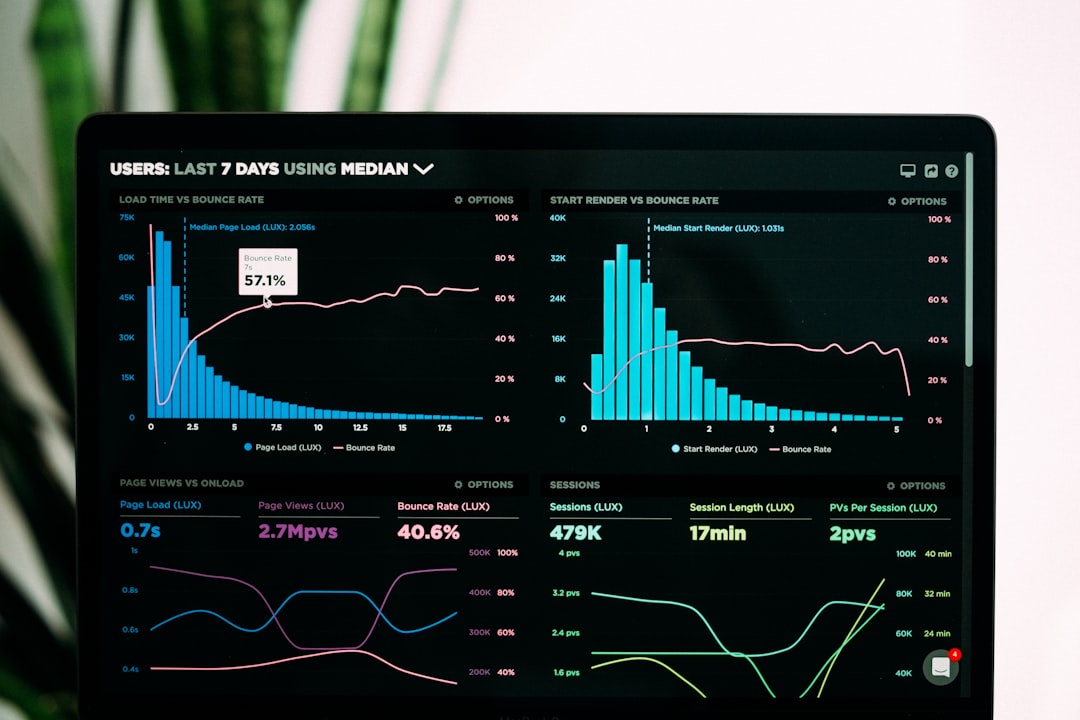
The Guide to Economic Indicators for Investors.
# Introduction. Understanding economic indicators is crucial for investors who want to make informed decisions in an ever-fluctuating market. Economic indicators are statistical metrics that reflect the state of an economy and can provide insights into future market trends. They help investors assess the health of the economy and forecast potential turning points in business cycles. This guide will delve into the various types of economic indicators, their significance, and how to utilize them effectively for investment strategies. # Types of Economic Indicators. Economic indicators are typically divided into three main categories: leading, lagging, and coincident indicators. Each type serves a different purpose and offers unique insights into economic performance. ### Leading Indicators. Leading indicators are statistics that tend to change before the economy as a whole changes, making them vital for forecasting future movements. Examples include: - **Stock Market Returns**: Changes in stock prices can predict the direction of the economy, often moving ahead of actual economic activity. - **Manufacturing Activity**: Reports on production levels and new orders can indicate future growth or contraction. - **Consumer Confidence Index (CCI)**: High consumer confidence typically leads to increased spending, signaling economic growth. Understanding these indicators helps investors anticipate market trends and make informed buying or selling decisions. ### Lagging Indicators. Lagging indicators provide information on economic performance after a trend or change has occurred, making them helpful for confirming patterns. Some key examples are: - **Unemployment Rates**: Changes in jobless figures typically reflect economic conditions following a shift. - **Gross Domestic Product (GDP)**: This measures overall economic output and is reported after economic changes have happened, allowing investors to analyze past trends. - **Corporate Profits**: Companies often report profits after the quarter ends, confirming economic growth or decline. While these indicators are less useful for predicting, they offer valuable context for understanding trends post-factum. ### Coincident Indicators. Coincident indicators move simultaneously with the economy, providing insight into the current economic state. Examples include: - **Personal Income**: Fluctuations in personal income can indicate changes in spending habits. - **Retail Sales**: Strong retail sales correlate with economic growth, serving as a real-time barometer of economic health. - **Industrial Production**: Changes in production levels can indicate the immediate state of the economy. These indicators help investors gauge the current economic environment and adjust their portfolios accordingly. # How to Utilize Economic Indicators. For investors, understanding how to incorporate these indicators into their strategies is essential for making sound investment decisions. Here are some practical tips: ### 1. Stay Informed. Investors should follow economic reports and news releases closely. Government websites, financial news channels, and economic research institutions are excellent sources for the latest data. Subscribing to economic newsletters or financial analysis platforms can also help. ### 2. Analyze Trends. Instead of focusing on individual data points, investors should analyze trends over time. Recognizing patterns can lead to more accurate forecasts. For example, if leading indicators show consistent growth, investors may choose to increase exposure to equities. ### 3. Diversify and Hedge. Using economic indicators to understand market sentiment can help investors diversify their portfolios. For instance, if indicators signify an impending recession, investors might hedge their investments by allocating some funds to more stable assets, such as bonds or commodities. ### 4. Combine Indicators. Relying on a single economic indicator can be misleading. Instead, investors should use a combination of leading, lagging, and coincident indicators to build a comprehensive picture of the economy. This multi-faceted approach allows for more informed decision-making and reduces the risk of reacting to misleading signals. # Conclusion. Understanding economic indicators is integral for investors aiming to navigate the complexities of the financial markets. By recognizing the types of indicators available and learning how to effectively analyze and apply this information, investors can develop more robust strategies that align with economic realities. Ultimately, staying informed and adaptable in the face of changing economic landscapes is the key to long-term investment success. .









